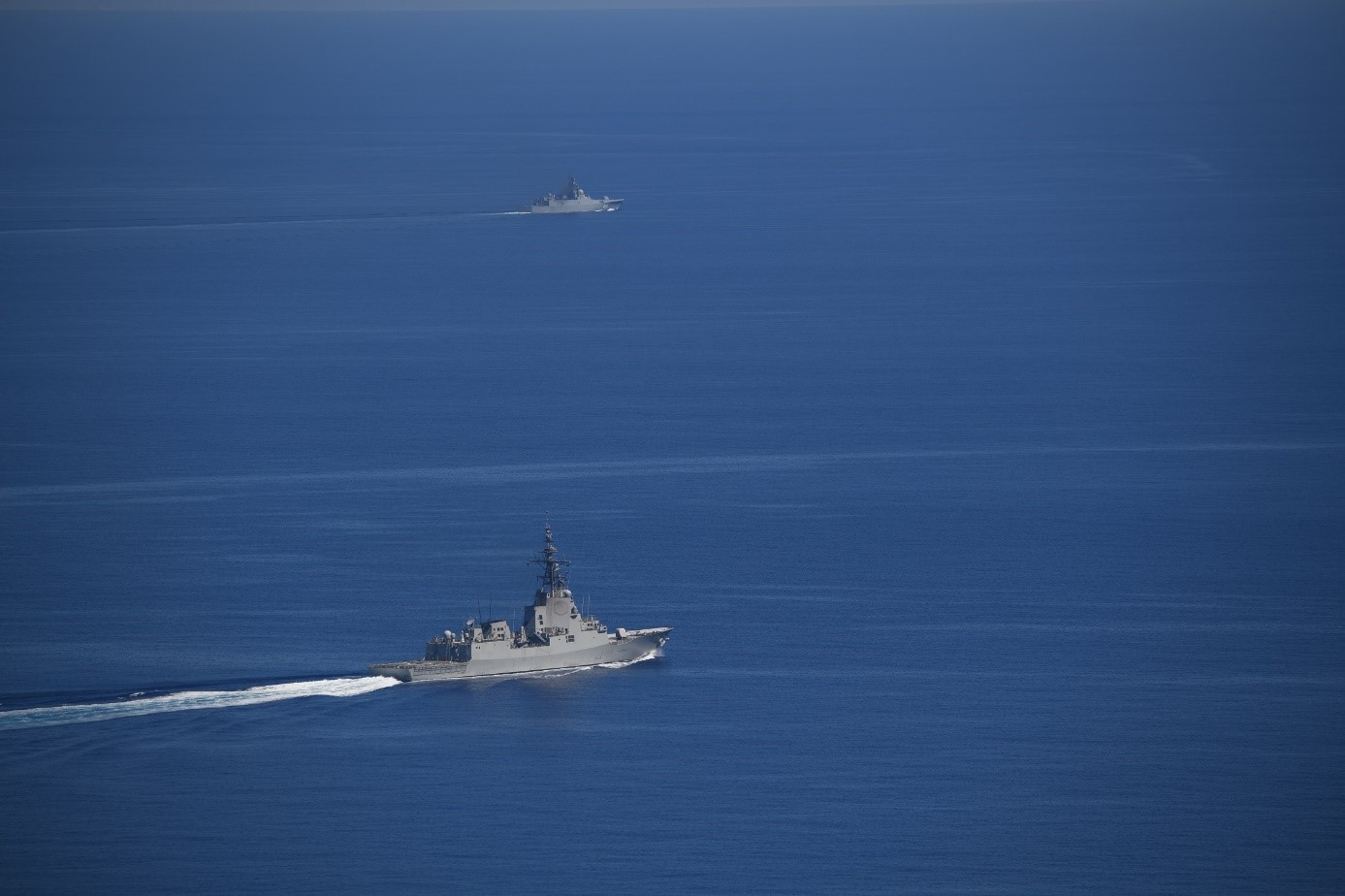
The frigate ‘Cristóbal Colón’ tracks and monitors the Russian frigate ‘Almirante Gorshkov’
- The frigate ‘Cristobal Colon’, part of NATO's Standing NATO Maritime Grouping 2 (SNMG-2), is tracking the Russian unit in the Eastern Mediterranean Sea
The frigate ‘Cristóbal Colón’ (F-105) has intercepted and carried out tracking and monitoring functions on the Russian Federation frigate ‘Almirante Gorshkov’, which was sailing in the Eastern Mediterranean, in transit to the Syrian port of Tartus.
The ‘Cristóbal Colón’ is currently participating in operation ‘Noble Shield’, within the framework of NATO's Standing NATO Maritime Grouping 2 (SNMG-2), which is deployed in the Central and Eastern Mediterranean.
These missions are undertaken in order to maintain the Alliance's deterrence posture, ensure freedom of navigation and be prepared, if necessary, to guarantee the sovereignty and territorial integrity of allied countries. To this end, SNMG-2 maintains a continuous at-sea training programme, while conducting enhanced surveillance and maritime security activities throughout the Mediterranean Sea.
During her integration in ‘Noble Shield’, the frigate ‘Cristóbal Colón’ contributes to the operations with her air defence and detection capacity, thanks to her AEGIS combat system and the SPY-1D (V) multifunction radar. It also has a Marine Infantry Operational Security Team and an Onboard Air Unit, in charge of the operation and maintenance of the SH-60B helicopter.
NATO Standing Maritime Groups
The Standing NATO Maritime Task Forces (SNF), which include two escort groups (SNMGs) and two mine-hunting groups (SNMCMGs), are the forces that provide a permanent maritime presence for NATO.
Its key areas of operation are the Mediterranean, Black Sea, Baltic, Northern Flank and Southern Corridor (from the Strait of Hormuz to the Suez Canal, including the Somali coast).
SNMG-2, operating in Mediterranean waters, forms the core of the NATO Very High Readiness Maritime Force (VJTF-M) in the framework of Operation Noble Shield.
This deployment reinforces Spain's and the Navy's commitment to the Alliance, as well as its solidarity with other NATO member countries, thus supporting deterrence and collective defence at and from the sea.
Fotos


